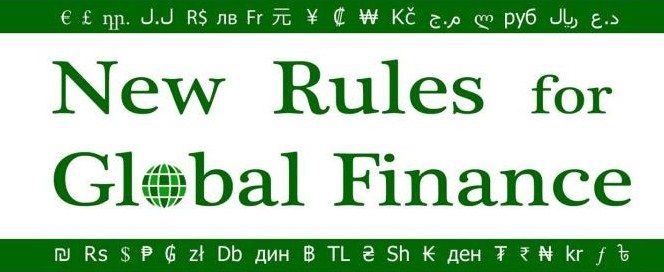New Rules Blog
 The IMF and Reversing the Trend of Rising Inequality
The IMF and Reversing the Trend of Rising Inequality
The IMF and Reversing the Trend of Rising Inequality
by Nathan Coplin
Inequality is at its highest point in history – where just 85 individuals have as much wealth as half of the global population. The severity of inequality is even drawing the attention of the IMF, where Managing Director Christine Lagarde is acknowledging this growing problem and its consequences. Lagarde recently admitted that inequality “leads to an economy of exclusion and a wasteland of discarded potential.” Just a few months ago, the IMF also published research which found that two policies – capital account liberalization and fiscal consolidation – lead to greater levels of inequality. However, these two policies have often been tenants of IMF policy conditions and advice. While the IMF has a new “institutional view” on capital account liberalization, it has continued to recommend austerity measures.
Recently as Jan 29 (just 5 days before Lagarde’s statements on inequality), the IMF recommended that Namibia implement a “growth friendly” fiscal consolidation strategy. This policy advice has two problems: 1) it completely ignores the IMF’s own research linking this policy strategy to increasing inequality; and 2) the emphasis on “growth friendly” indicates that GDP growth should be prioritized over inclusive growth. This means that some sectors and industries – because they can “beef up” GDP growth – receive preferential treatment over other sectors – ones that may create more jobs. For example, in Namibia, strong support for offshore oil and gas exploration has impacted fish populations and depleted tuna output from 4000 tons to 650 tons (6 times less) in just 3 years – devastating the lives of fishermen.
This is just one example of a strong disconnect between the IMF’s rhetoric on inequality and its practices. To address this, the IMF will need strong leadership to demand the institutional changes required to align its public positions with its policy advice and conditions. While the Managing Director may be at the helm, the real power is with the Board of Executive Directors who controls the rudder and the direction of the IMF.
The problem is that, here too, there is a disconnect – between the governance arrangements established decades ago and the economic reality of today. At the IMF, a member countries’ economic weight and their respective share of voting power are misaligned. For example, the BRIC countries account for 24.5 percent of global GDP, but only 13.5 percent of IMF voting shares. It is the opposite for European countries – who are overrepresented in relation to their economic weight in the global economy.
This could be partly resolved by implementing the 2010 IMF reforms, but the US Congress – whose approval is the only barrier to implementation – has failed to approve this reform package. These reforms are moderate, but even a slight shift in the dynamics of the IMF Executive Board may lead to changes in the policies that the IMF promulgates – particularly in developing economies. There are worthwhile changes that the IMF can make on its own (e.g. 3rd Chair for Sub-Saharan Africa, merit-based selection of the MD, strengthening transparency and civil society engagement). Nevertheless, the obstinacy in the US Congress only hardens the intransigence of the Europeans and others on the IMF Executive Board to pursue or support other changes.
Unfortunately, while the US Congress and the IMF stand still, global inequality continues to move fast and in a direction that endangers the sustainable economic recovery we all hope for.
